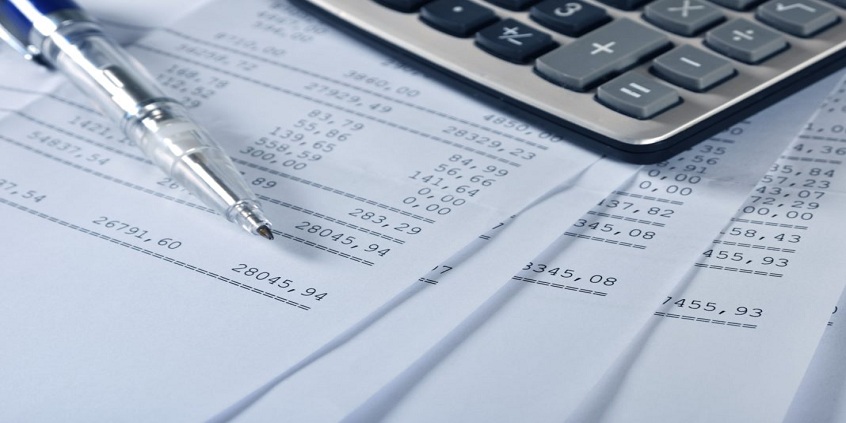
Chart Of Accounts
Chart of Accounts is basically a customized list of names of accounts that an organisation uses in order to track the amounts of expenses spent for individual categories.In a nutshell, it's just the classification of list of accounts which are used to record transactions.
Since mentioned in the above lines, it is always customizable and can be tailored according to the needs & aims of the organization. They are often designed from your reporting requirements. It is entirely your wish to tailor the Chart of Accounts depended on how precise your requirements are and one could even add up more accounts if required.
Now for an accountant or a bookkeeper, in order to create a Chart of Accounts for your organisation, there are a certain points to take into consideration beforehand one begins the work. Those requirements of the accountants are :
Understanding The Business : So, the first and the foremost cornerstone for an accountant in order to do Chart of Accounts is to have an in depth knowledge and a meticulous understanding regarding the organisation from tip to toe including its functions.
Understanding The Requirements : Now comes the first part in actually making out a Chart of Accounts. Here, the accountants should understand the exact details regarding the reporting requirements of the management of an organisation. In simple terms the accountant gets to know the requirements from the organisation regarding how they'd like to receive a report.
Identifying the KPIs : In this step, the accountant gets to research, analyze & understand what exactly are the key performance indicators that the management would like to focus on improving.
Defining KPIs’ Objectives : After talking to the management regarding what performance indicators they'd like to focus, it is now time for an accountant to identify & define the key objectives for a performance indicator. By having a clear objectives of the KPIs, the accountant moves on to the next step.
Amount Of Detail : Over here, it now comes for the accountant to decide how detailed or precise a particular account should be deduced. As said above, the management might even add as many accounts as possible & required if at all management is interested in details, then the accountant might add up to as many deductions as the organisation wants. For eg : Utilities Expenses are broken down to Electricity, Water & Internet etc., as far as required .
Materiality of Expenses : Basically Materiality is the importance of transactions, balances or even errors in the financial statements. It is actually a cut-off and after that reaches the financial information becomes relevant to the needs of users. Generally it is suggested that the expenses which are actually more than 1% of the sales revenue are only allowed to put into a separate expense bucket.
Based on the requirements of the managements & accountants Chart of Accounts are designed and are often helpful in tracking & reporting the expenses & returns of a particular category of items and it aligns with the financial structure of an organisation & lets you choose the level of precision in the Chart of Accounts.
